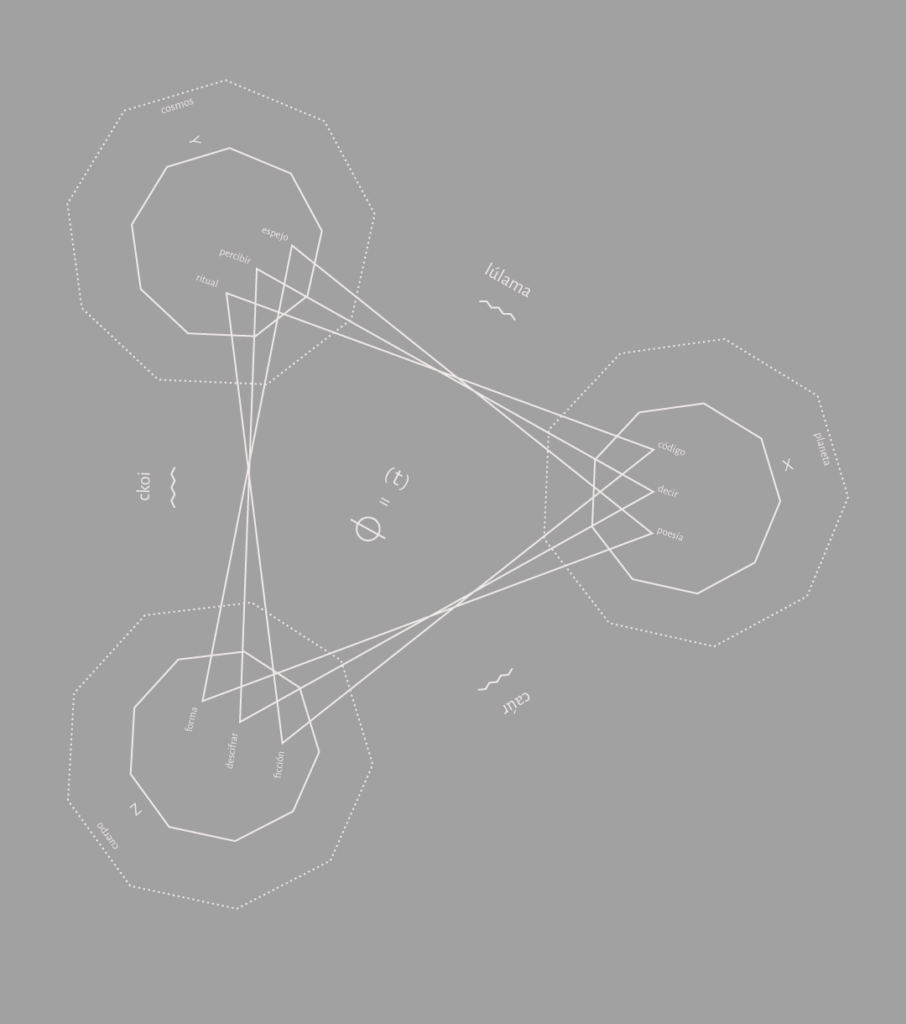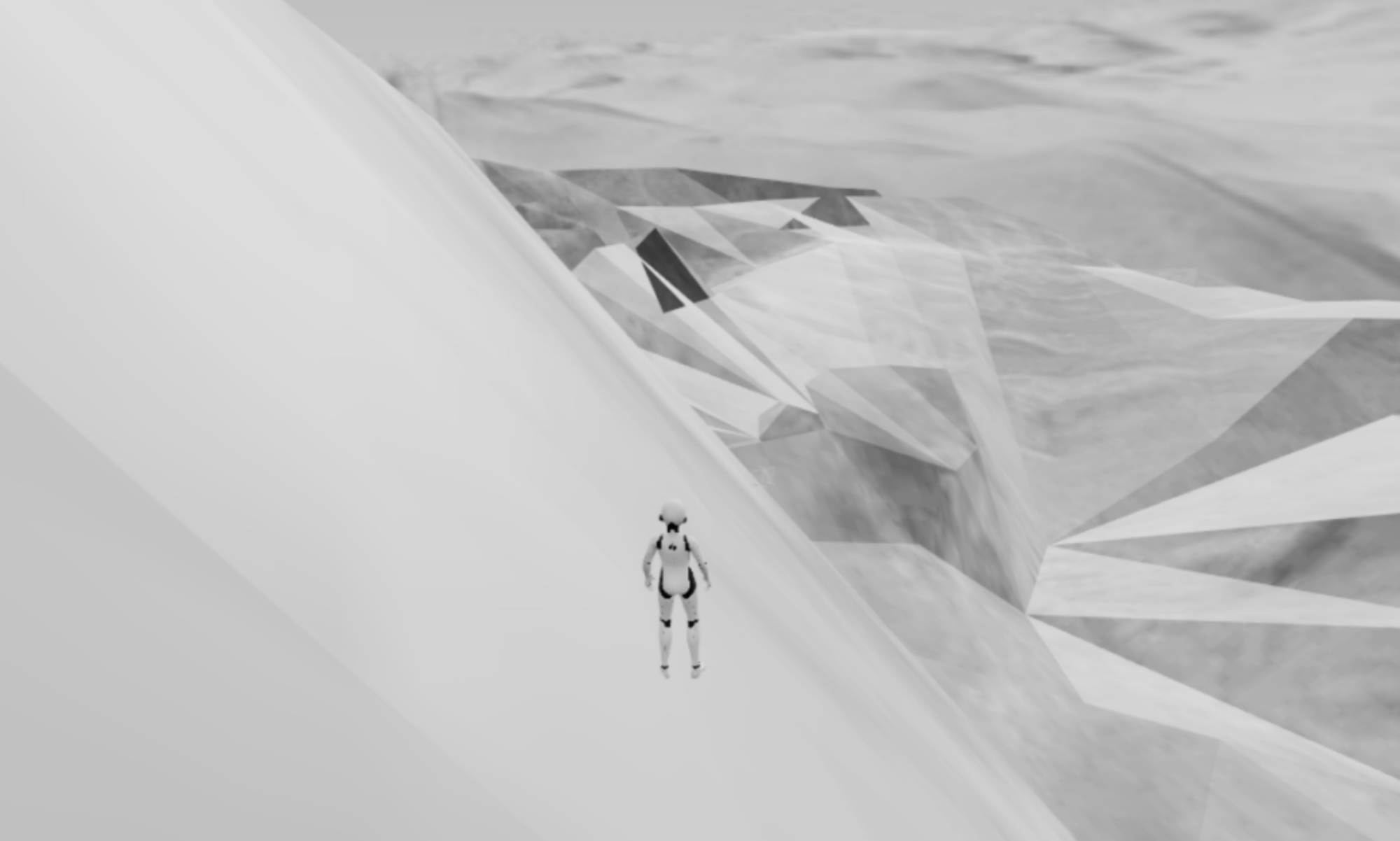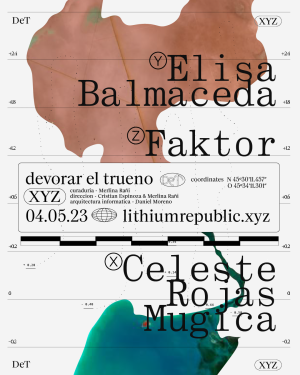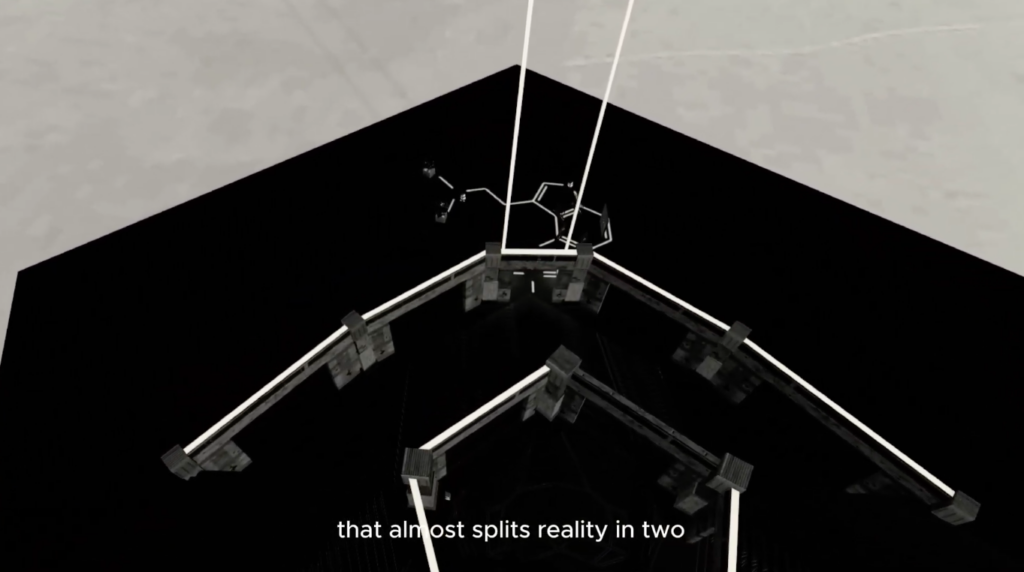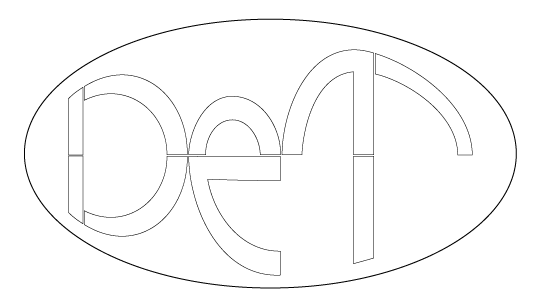
THE VOICE OF THE DEAD MAN
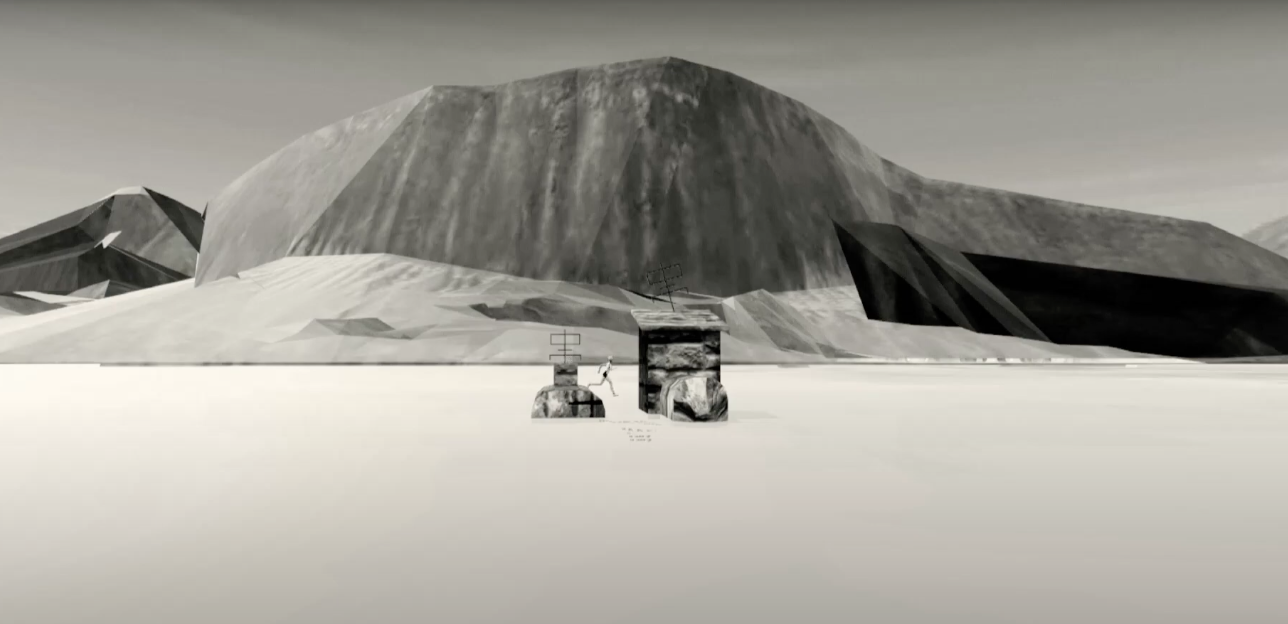
The Salty Eyes (4:22)
A Gaze That Truly Sees (2:54)
The Nervous Pulse of the Salt Flat (2:06)
An Illusion to Enter (5:52)Text and Editing: Merlina Rañi
Virtual Copy of the Salt Flat: Cristian Espinoza
Recording: Tomás Guida
2024These four video essays explore the research behind the curatorial exercise, the construction of the simulated territory, and the works presented as part of the virtual exhibition “Devouring the Thunder.”
They are based on The Voice of the Dead Man, a narrative stemming from an imagined character about the person lying in one of the two tombs adjacent to the salt flat: an unknown man who, after being found dead, was buried there in ancient times. The story of his ghost functions as an emerging narrative that unfolds as one navigates the virtual copy of this salt flat.
The video essays are moments within this emerging script of the experience, inscribed within a visual drift.
“Devouring the Thunder” is a virtual exhibition featuring works by Faktor, Elisa Balmaceda, and Celeste Rojas Mugica, curated by Merlina Rañi. The exhibition is set within the virtual replica of the Salar del Hombre Muerto, as part of the meta-project Lithium Republic XYZ.
The exhibition offers two pathways for engaging with the virtual territory: a journey or a drift, both unfolding as visitors pass through one of the two tombs presented as symbolic representations of memorial landmarks found at the real site. These landmarks are dedicated to the former chief of the community and an unknown man found nearby. According to the story, Bernardo, an ancestor of the current chief, discovered the remains of a man in the grazing lands and decided they should be buried next to the salty wetland; he also wished to be buried there himself upon his death. When geologist Luciano R. Catalano visited the salt flat during the 1920s and detected the presence of lithium, among other minerals, he renamed the place from his scientific-productive perspective, honoring the tomb of the Hombre Muerto (Dead Man), as inscribed on the grave.
From this event, the tomb and its occupant became central to the site, and the name imbued the place with a certain transcendence and a somewhat ominous omen.
The character—who can only be fictitious, as there is no reference to his real existence—became a link between the essence of that space and the plans for progress that loomed over it. Therefore, when representing the place virtually as an experience, a journey, or a drift, his voice emerged as the fiction capable of projecting itself into the vastness, both real and simulated.
Thus, when the artworks were installed in the virtual space, there was something to be said from his point of view. A man without a name cannot define his identity or his time; he becomes an abstract observer, which is itself impossible, so he becomes a multiple observer. His voice is a sea of voices about the place and its history, blending into a vibrant reverberation.
As visitors progress through the journey, parts of his story are activated, revealing something about that simulated coordinate, about what the installed works highlight. The videos capture part of this narrative, which unfolds in the experience as an emergent story.
